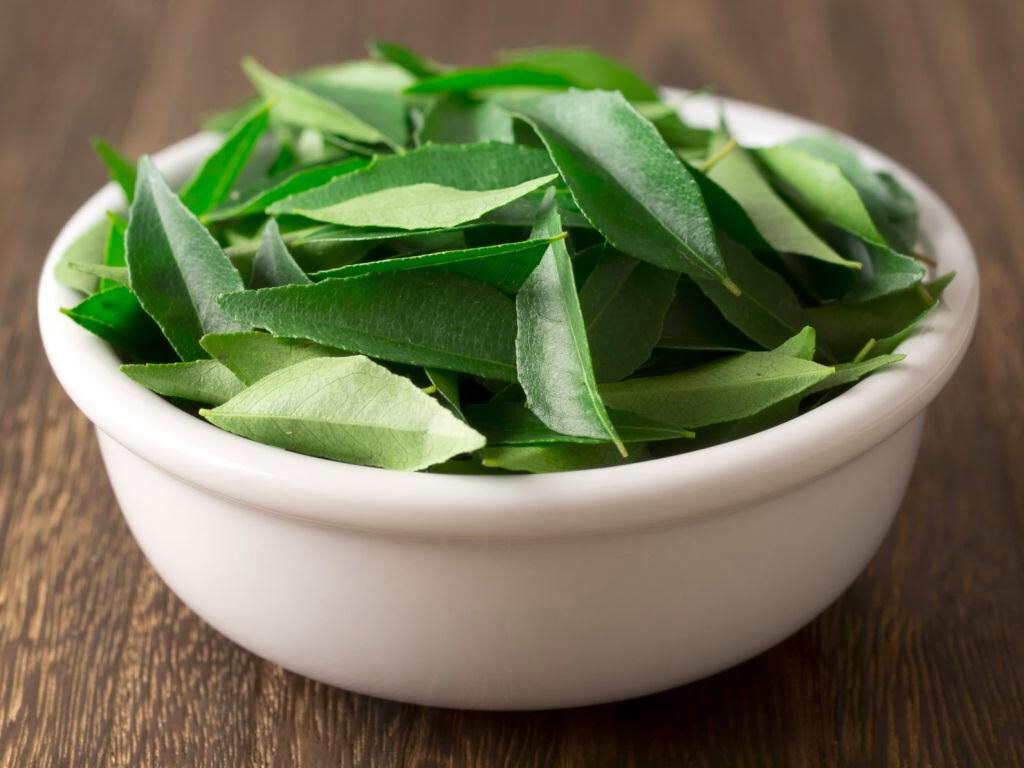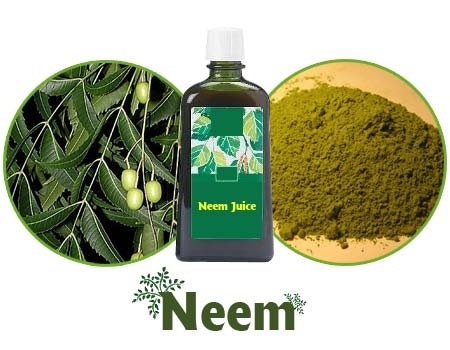Personal Account with the Discovery of Neem
A restless night, it was about 3 am when I recall a whisper, “neem powder”. That is all it took to trigger my interest in this magnificent tree. I ordered neem leaves days later and came across an insightful video on the benefits of Neem which we gently share below. Upon seeing Neem twigs in another video, I recall thinking, “Yes, must get those too!” Hours later, I found a neem twig “tooth brush” in the outdoor basketball court. Picked it up as a souvenir. The Neem quest continues..I hope to meet Hakeems in India who will educate me further about this ancient gift to man. Below are some facts and benefits of Neem. This personal experience was shared for the benefit of the reader. This information is not intended for use in the diagnosis, prevention or cure of any disease. If you have any serious, acute or chronic health concern, please consult a trained health professional who can fully assess your needs and address them effectively.
[youtube=http://youtu.be/hSaMGaNsZFc]
History
The Neem (Azadirachta indica), an Indigenous tree of India & burma, is a tropical evergreen with a wide adaptability and an incredible plant that has been declared the “Tree of the 21st century” by the United Nations. Being one of the most time tested and proclaimed medicinal herbs in Ayurvedic medicine, it gained innumerable names like “Divine Tree”, “Life giving tree”, “Natures Drugstore”, “Village Pharmacy” and “Panacea for all diseases” owing to its medicinal properties. Ayurvedic lexicons have cited the use of every part of this divine medicinal herb which proves that it is one of the Antique herbs known to mankind with a history of usage dating back to more than five millenniums. Since the vedic period, many classical lexicons have highlighted the use of this plant to prevent diseases in human & other cultivated crops.
Oil
The oil is derived by crushing the seeds. Like the leaves, Neem oil is used to treat skin problems. It is especially effective in treating head lice and dandruff, and creates a purifying effect when used in aromatherapy.
Neem Leaf
Neem leaf has both pungent and astringent tastes. According to Maharishi Ayurveda, the Neem leaf is especially useful in balancing Vata disorders. It removes ama and other toxins from the body, purifies the blood, and neutralizes damaging free radicals. It is nourishing to the hair (keshya).
Neem leaf is also revered for its antibacterial and antiviral properties. Even today in India, people sprinkle fresh Neem leaf near the beds of patients with flu or fever, and hang a cluster of leaves on the door outside. The air that crosses the neem leaf is purified of viruses and bacteria, helping to disinfect the room and prevent the spread of disease.
Neem Bark
Probably the most common use of Neem bark is to clean the teeth. The traditional method is to snap off a twig of the tree and chew on it. The astringent qualities of the bark prevented bleeding gums, tooth decay and foul smell long before the advent of toothpaste.
Medicinal Benefits of Neem:
Anti Viral
Anti Bacterial
Anti Fungal
Anti Diabetic
Anti Septic.
Used by hakeems and sages for over centuries, this magical tree is an all in one heavenly gift to humanity.



